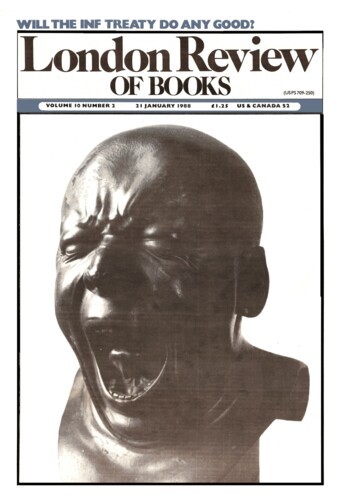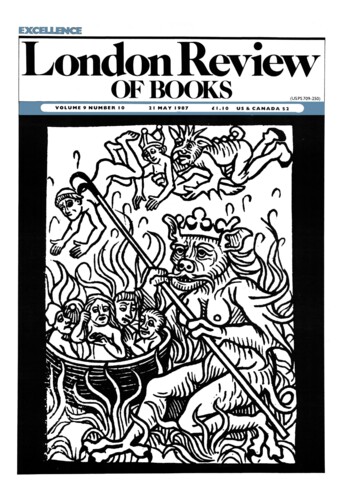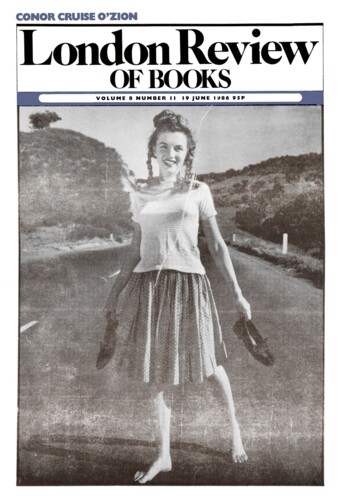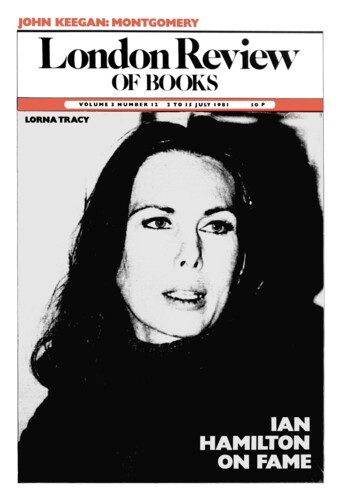Sutton who?
J.A. Burrow, 21 January 1988
It is hard to know why the English should nowadays take so little interest in their Anglo-Saxon predecessors. Perhaps the main reasons lie in 20th-century history. The Victorian statue of King Alfred of Wessex which stands in the market square of his birth-place, Wantage, testifies to a pride in that great founding father which modern England no longer feels. We have shrunk, and Alfred has shrunk with us. Perhaps, too, the defeat of Nazism left Germanic origins under a cloud – especially in a multi-racial society where many do not share them. For whatever reason, anyway, the Anglo-Saxons strike most contemporaries as dull and blockish creatures. The name Alfred itself, so popular in Victorian times, has come to seem tattered and slightly ridiculous, along with many other Christian names of the period before the Norman Conquest (Edgar, Egbert, Oswald); and most children learn little or nothing about the King himself, perhaps only the (apocryphal) burning of the cakes. There are at present, as it happens, some excellent historians of Anglo-Saxon England – witness a Phaedon book, The Anglo-Saxons, edited by James Campbell (1982) – but the history of the period figures little in most school curricula. So far as the general public is concerned, it is only the archaeologists who have succeeded in striking a spark of interest. It would be hard, after all, to walk past the display of the Sutton Hoo treasure in the British Museum, or look at the pictures in Campbell’s book, without feeling that one’s monochrome image of the age must be somewhat inadequate.’





